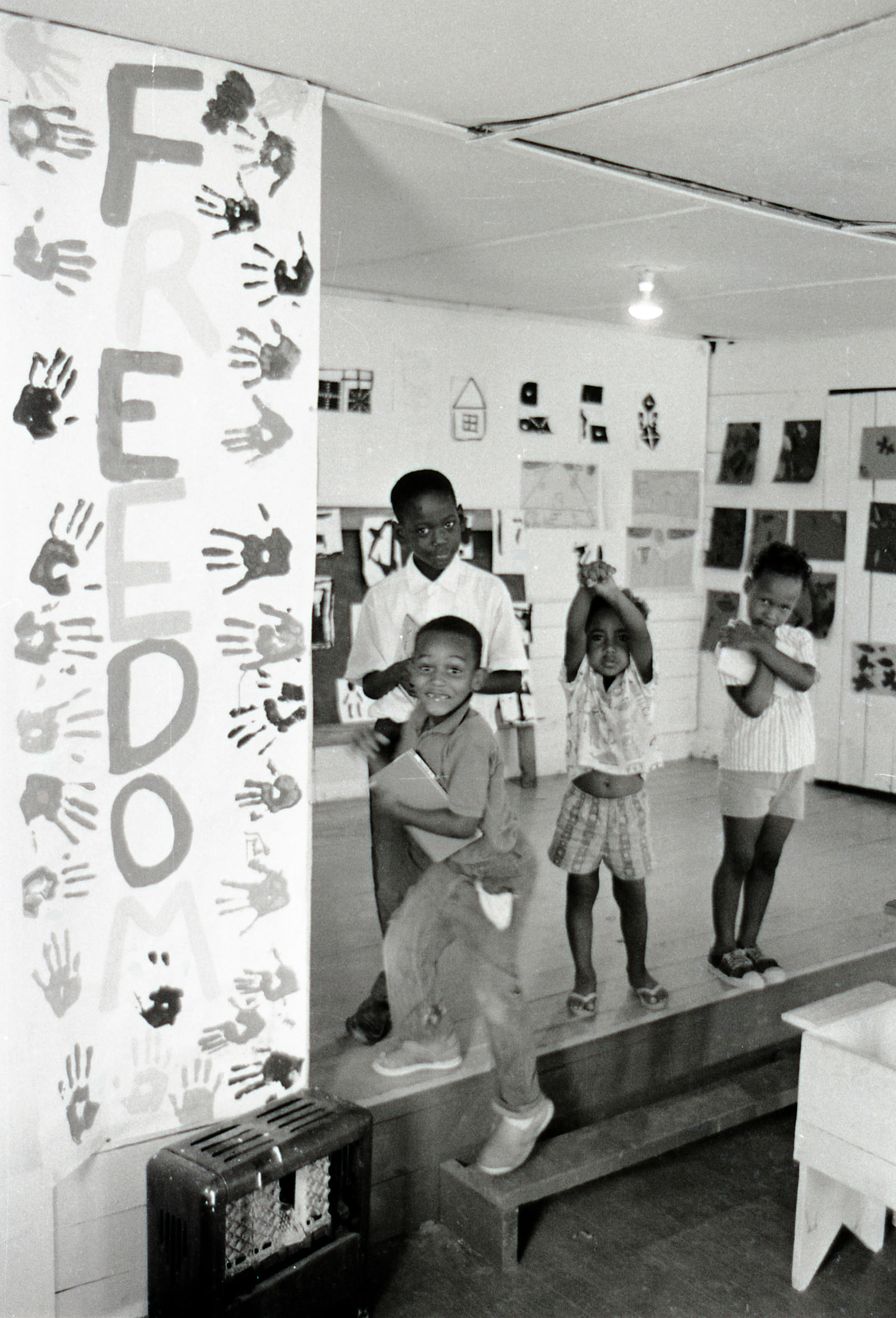
The Mississippi Freedom Schools were developed as part of the 1964 Freedom Summer civil rights project, a massive effort that focused on voter registration drives and educating Mississippi students for social change. The Council of Federated Organizations (COFO)—an umbrella civil rights organization of activists and funds drawn from SNCC, CORE, NAACP, and SCLC—among other organizations, coordinated Freedom Summer.
The project was essentially a statewide voter registration campaign, and the framers called for one thousand volunteers to assist in the undertaking. Activists made plans to conduct a parallel Democratic primary election, because the systematic exclusion of black voters resulted in all-white delegations to presidential primaries. These efforts culminated in the creation of the Mississippi Freedom Democratic Party. Both the official delegation and the Mississippi Freedom Democratic Party went to the 1964 Democratic National Convention in Atlantic City, New Jersey.
In December 1963, during planning for the upcoming Freedom Summer project, Charles Cobb proposed a network of "Freedom Schools" that would foster political participation among Mississippi elementary and high school students, in addition to offering academic courses and discussions. Activists organizing the Freedom Summer project accepted Cobb's proposal and in March 1964 organized a curriculum planning conference in New York under the sponsorship of the National Council of Churches. Spelman College history professor Staughton Lynd was appointed Director of the Freedom School program.
Over the course of Freedom Summer, more than 40 Freedom Schools were set up in black communities throughout Mississippi. The purpose was to try to end political displacement of African Americans by encouraging students to become active citizens and socially involved within the community. Over 3,000 African American students attended these schools in the summer of 1964. Students ranged in age from small children to the very elderly with the average approximately 15 years old. Teachers were volunteers, most of whom were college students themselves.